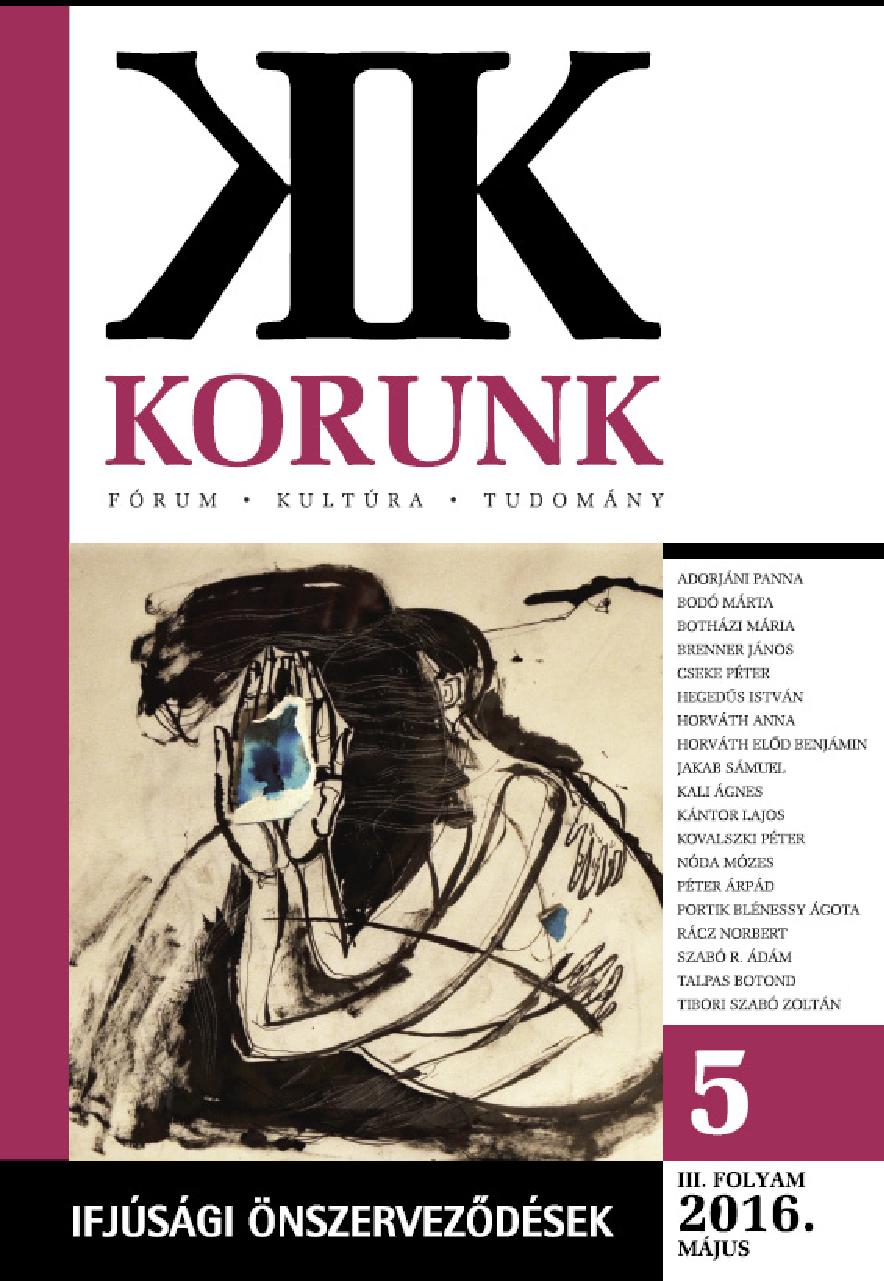



Keywords: pun; translation; untranslatability; literary translation; polysemy; homonymy
The article deals with the translatability of puns. Puns seem to be untranslatable at first, since they are strongly connected to certain lexical forms and meanings belonging to the source language. But they are always translated and their effect is preserved in literary texts.Generally, the naive technique of consistent word for word translation does not work in any translation. In case of playing upon words, linguistic creativity is needed, and the translator must secede from the linguistic signs of the original text, finding or creating expressively equivalent puns in the target language. Several examples are given from literary translations for creative formulation of puns in case of English-Hungarian and Romanian-Hungarian translations.
More...





Keywords: linguistics; grammatical aspect; psycholinguistics; experimental psychology
The issues related to the so-called lexical and grammatical aspect are among the most controversial and diversified topics of linguistics. Many theories strive to find coherent explanations to the problematic phenomena of this field in a way that is consistent with the diversity of available language data. The article gives a short overview of the most interesting theoretical questions related to aspect and some of the most recent results in the field psycholinguistics, with emphasis on the general linguistic and psychological relevance of the research carried out using experimental methods.
More...
The adjective “conservative” in the subtitle of this paper is intended to carry a double meaning. First, it indicates that my approach within the philosophy of language is entirely old-fashioned: I do not take language to be as it were a boundless game, and certainly not to be formative of reality, but rather to be a depiction of the latter. Secondly, I believe that my views on how language relates to reality have implications, also, in social philosophy: they imply the soundness of some kind of a conservative world-view.The paper is divided into four sections.In the first one, “Wittgenstein as a philosopher of common sense”, I argue that while the later Wittgenstein is widely held to be a relativist, indeed a constructivist, he was, all appearances to the contrary, a realist, a fact becoming almost conspicuous in his late-1940s manuscripts. The second section, “The visual origins of language”, takes up a theory that originated with Plato’s Cratylus and has since again and again surfaced. In the third section of the paper, “Depiction and reality”, I argue that our knowledge of the external world, based on what our senses, in particular our eyes, tell us, is reliable knowledge. The concluding section of the paper, “Language use and the conservation of knowledge”, puts forward a new explication of conservatism. I suggest that what conservatism in any historical age primarily strives to conserve is the knowledge required to preserve the survival chances of future generations. Such knowledge relies on an inherited stock of words, and to a great extent consists of mental and physical images, themselves resistant to change.
More...
Keywords: Ludwig Wittgenstein; Jacques Derrida; deconstruction; game; reading and writing
Richard Rorty and Stanley Cavell were among the first to discover the importance of reading together and not against each other the texts of Wittgenstein and Derrida. Following their suggestion, my study focuses on four topics: (1) Recontextualizing the constructive and deconstructive readings of Wittgenstein and Derrida, I would like to argue that there is an outstanding interest for their philosophy from the seventies until the present time. (2) This interest has to do with their understanding of philosophy as deconstructive activity. The word deconstruction is Derrida’s invention but (3) deconstruction as Tätigkeit, Zerzettelung, Zerlegung is at work in Wittgenstein’s philosophy as well. (4) The game plays an important role for both philosophers. Wittgenstein introduces the concept of language-games as forms of life. Derrida suggests that there is a double game: a well-founded one, which follows the prescribed rules, and a game without any security, in which we makeup the rules. (5) Reading and interpreting philosophical and literary texts means entering in the double game.
More...


Keywords: Ludwig Wittgenstein; psychology; cognitive science; mental life
The paper shows a dual inspiration of Wittgenstein in the context contemporary cognitive science and psychology. The radical reading of Wittgenstein suggests that no psychology is possible which assumes a hidden inner mental life. That would question most of present day cognitive psychology. The other reading of Wittgenstein shows him as a proponent of a need for a clear conceptual analysis of psychological notions and an interpretation of mental life in the framework of an analysis of how we talk about the mind. This later attitude has become a basic inspiration for present day representational theories of the mind that entertain an image in which the mind itself has a logical organization, with propositions and propositional attitudes within it. Modern cognitive science has in a way reversed the antipsychologist stance of Frege, shared by Wittgenstein, and smuggled propositions into the mind. This is accompanied by several features that challenge some key ideas of Wittgenstein. Contemporarycognitive studies do allow for inner,hidden representations and for theirevidences in observable behaviour, as instudies using eye movement and reactiontime measures to study the inner mind.
More...
Keywords: emoji; orality; literacy; internet use
The Oxford Dictionaries Word of the Year is a pictograph: the ‘Face with Tears of Joy’ emoji. A pictogram that can be understood without the knowledge of the English language. An emoji is a representative of secondary literacy. The trend is obvious. The Face with Tears of Joy indicates the non-textual nature of the digital era, where in the new language the image and text are inextricably connected. As a result, a new, perpetually changing language that seeks to describe simultaneously the physical and virtual reality is born. In our study, we examine the relationship between written and spoken language, the impact of ICT on the language, discuss the phenomena of emoji and memes as well as the problems of communication and education.
More...



